The large crystal sizes of Kimberley Minerals’ staurolite and garnet offer the potential to provide a wide range of sizes to suit customer requirements.
Our Minerals
Significant alluvial and eluvial deposits of coarse, closely-packed staurolite, andalusite and almandine and spessartine garnet crystals, sourced from metamorphic micaceous schists of the Marboo Formation, are located within the Company’s tenure.
The durable industrial minerals are concentrated in unconsolidated sediments and soils that form when the quartz, staurolite, garnet and andalusite bearing rocks are weathered and eroded. These minerals are often the target of mining operations because they are easy to mine and remove from the sediment/soil by simple mechanical processing.
The high density and hardness of garnet and staurolite and their comparatively large grain sizes are consistent in quality, potentially enabling production of a wide size range of abrasive concentrates.
Staurolite occurs extensively as large well-formed crystals across the Company leases. Initial sampling and testing indicate high quality and consistency without chloride and silica contamination.
Until now the potential for market demand growth for staurolite has been constrained by its limited availability.
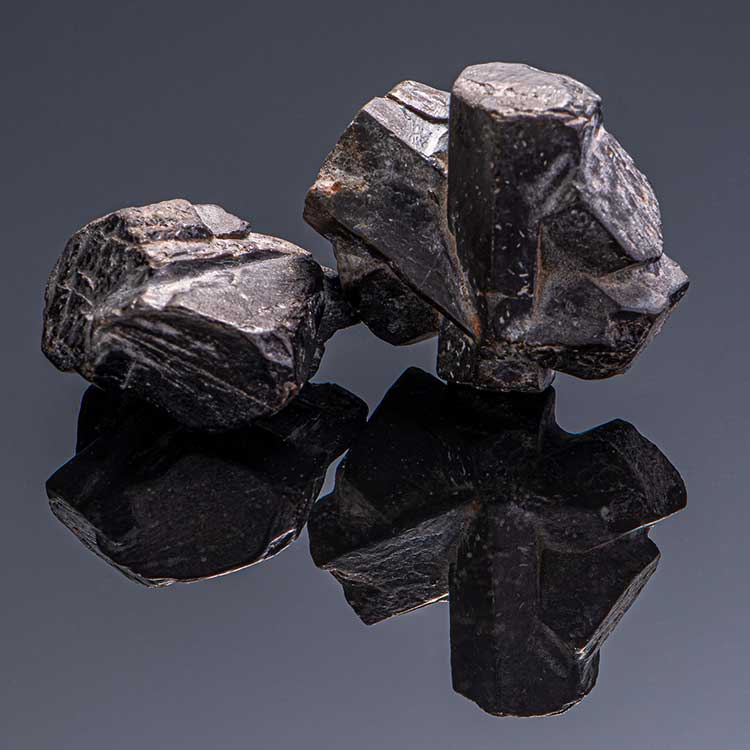
Staurolite
Traditionally the main use of staurolite has been as an abrasive. Minor uses have included; as refractory component of foundry sands and glass hobs, cutting and etching monumental stone, filler material (staurolite flour) in paint primers and as a source of alumina for cement production.
It’s high density, hardness and irregular angular shape makes it an ideal base ingredient for water filtration. Due to Staurolite’s hardnes, density and strength it has the potential to be a main ingredient in anti-slip, durable coatings for line marking of floors, stairways, roads and pathways. Finer specimens may be used as gemstones.
Staurolite is ideal as a general-purpose abrasive particularly in sandblasting to remove thin coatings, rust, and mill scale. Its sub-angular shape is the ultimate for applications where a minimal surface profile is required. The large crystal sizes of KML’s staurolite provide a potential coarse product that is not being met by current producers.
Staurolite is excellent for achieving a near white finish and is commonly used for new steel applications; including storage tank & tower construction, structural & plate steel blasting, and steel fabrication.
KML Staurolite has been shown in production tests to produce precise size specifications and low dust levels.
There are currently only a small number of global producers of staurolite.
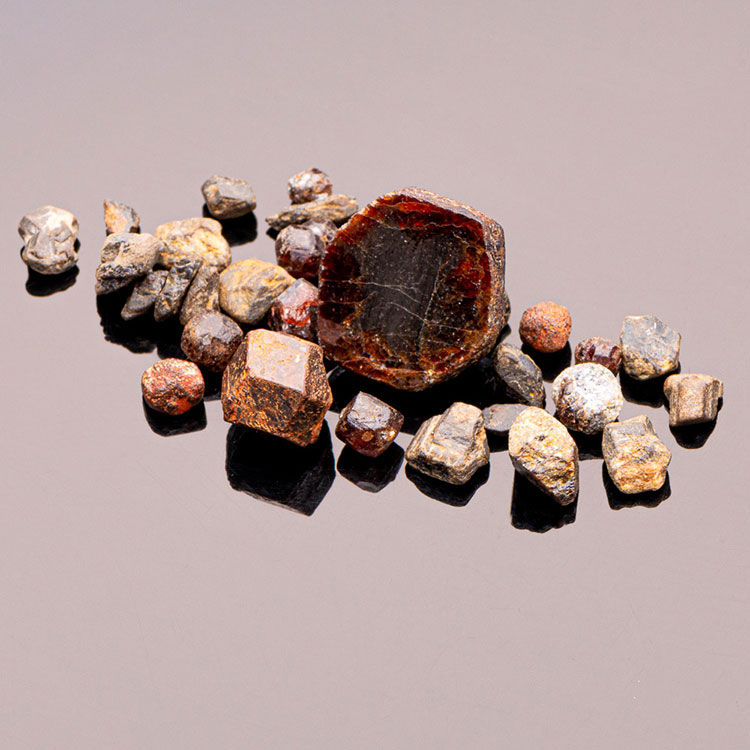
Garnet
Garnet is the name of a group of silicate minerals with the general formula A3B2(SiO4)3, the six common garnets being almandine (Fe,Al), grossular (Ca,Al), pyrope (Mg,Al), spessartine (Mn,Al), andradite (Ca,Fe), and uvarovite (Ca,Cr).
All garnets are hard (6.5–7.5 on the Mohs scale), resistant to degradation caused by physical abrasion and chemical attack, and have relatively high melting points.
Some varieties are used as semi-precious stones, but the principal commercial use is as an abrasive in sandblasting, water jet cutting, abrasive wheels, sandpaper, and polishing grits and powders.
The relatively high Specific Gravity (SG) of 3.7–4.2 also makes garnet a useful medium for water filtration.
The preferred commercial variety is almandine although andradite and spessartine are also used.
Western Australian garnet is considered one of the best products in the world for industrial applications, however preferred coarser fractions have diminished. KML’s garnet crystals are predominantly large, sized from 2mm to 8mm which should make them a sought after commodity in ways we may have yet imagined.
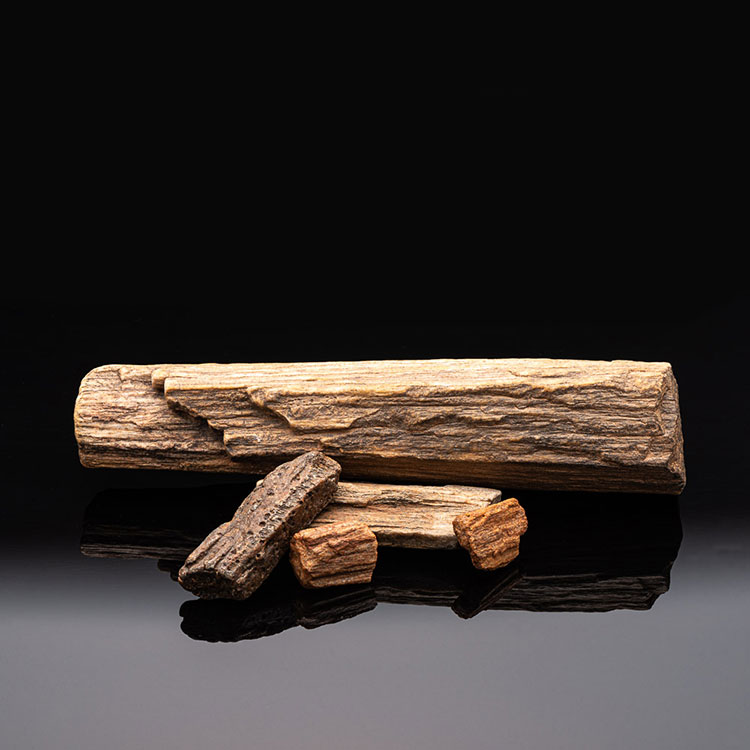
Andalusite/Chiastolite/Kyanite
Andalusite is a rock forming aluminium neosilicate mineral with the chemical formula Al₂SiO₅ that is mined for use as a refractory mineral with applications in high-temperature furnaces and kilns.
Andalusite forms part of a wide range of high performance minerals to produce Mullite (Al6Si2O13) refractories used in the foundry moulding process to improve casting accuracy and productivity, particularly in the iron and steel industry.
Conversion to mullite and silica takes place on heating to temperatures in the range 1250–1650°C.
Andalusite has been discovered across KML’s holdings from fine grains to very large crystals
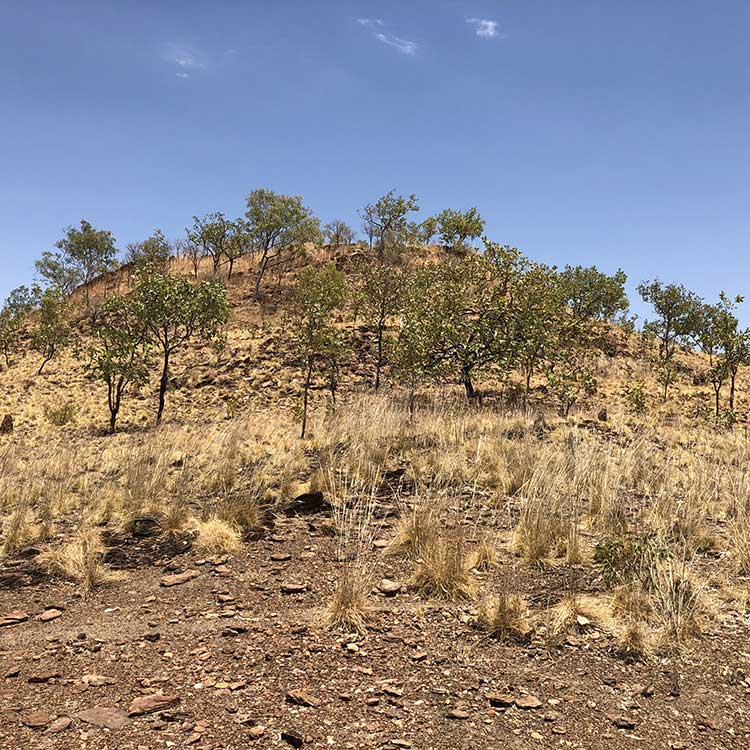
Nickel Copper
Private nickel explorer North West Nickel Pty Ltd (“NWN”) acquired the hard rock rights for E04//1169 from Kimberley Minerals Ltd in 2016. Stavely Minerals Limited (ASX: SVY) acquired the highly prospective Ruins Nickel Project from NWN in 2022.
The Ruins Project is located immediately east of Buxton Resources Limited (ASX: BUX) Double Magic Project and is considered to be highly prospective for nickel sulphides as well as other associated metals (Cu, Co, PGEs, Au, Sn, W), having similar geology and proximity to the Merlin discovery.
Buxton’s Merlin Prospect was discovered in 2015 and exploration activities have since demonstrated that Ruins Dolerite is a favourable host rock for high-grade nickel sulphides. The prospect has a very high nickel tenor (average of 8% Ni), which indicates a fertile and highly prospective mafic-ultramafic system in the area.
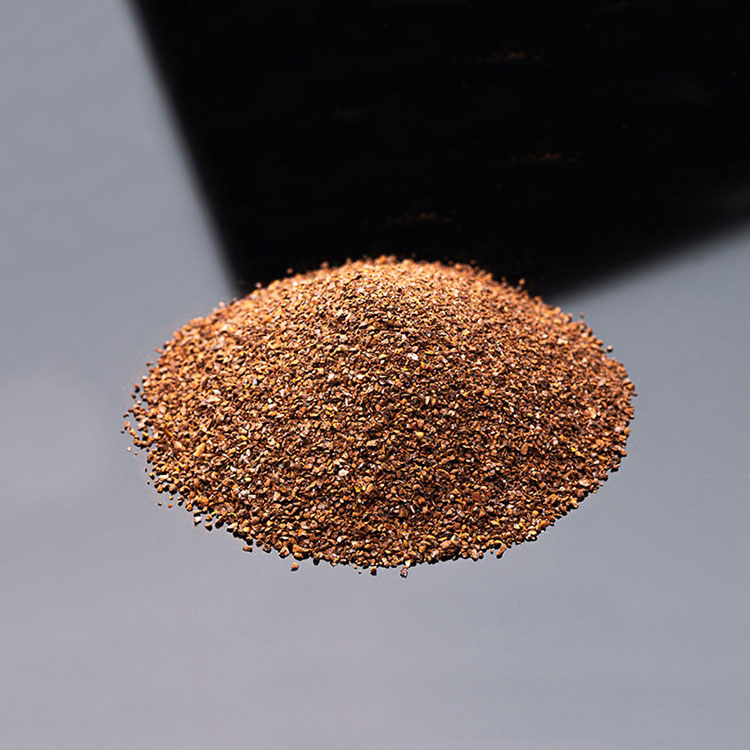
Hawkestone Project –
Almandine Crushed Garnet
The Hawkestone Garnet presents in 2mm to 6mm spherical crystals that can be crushed to provide a precise range of customer specific sizes with minimal dust. Their hardness and density ensure optimal recyclability.
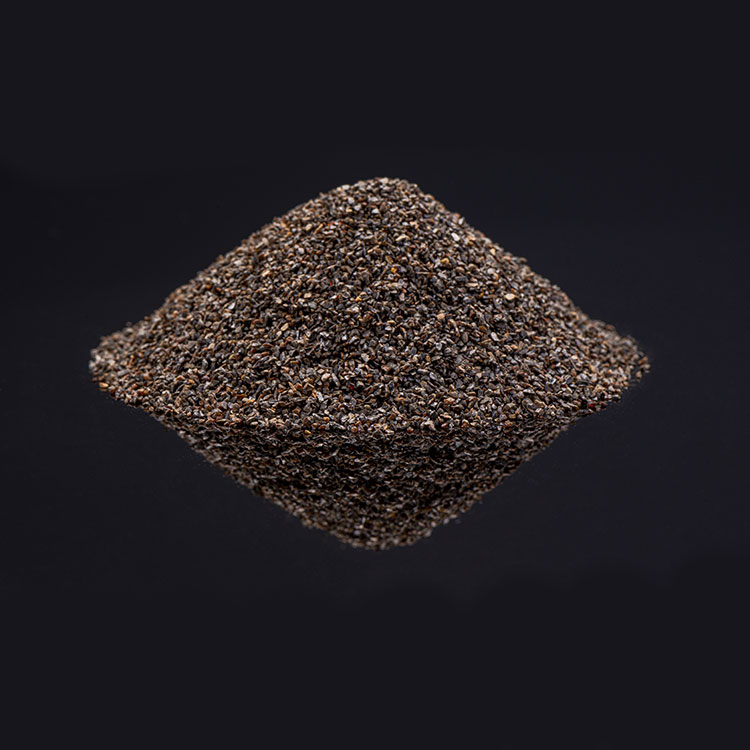
Richenda Project –
Heracles Crushed Staurolite
The Richenda Staurolite presents in sizes from 2mm to 8mm angular crystals. Their density and hardness ensure a precise range of customer specific sizes to suit any requirements from fine to coarse fractions with minimal dust and optimal recyclability.
